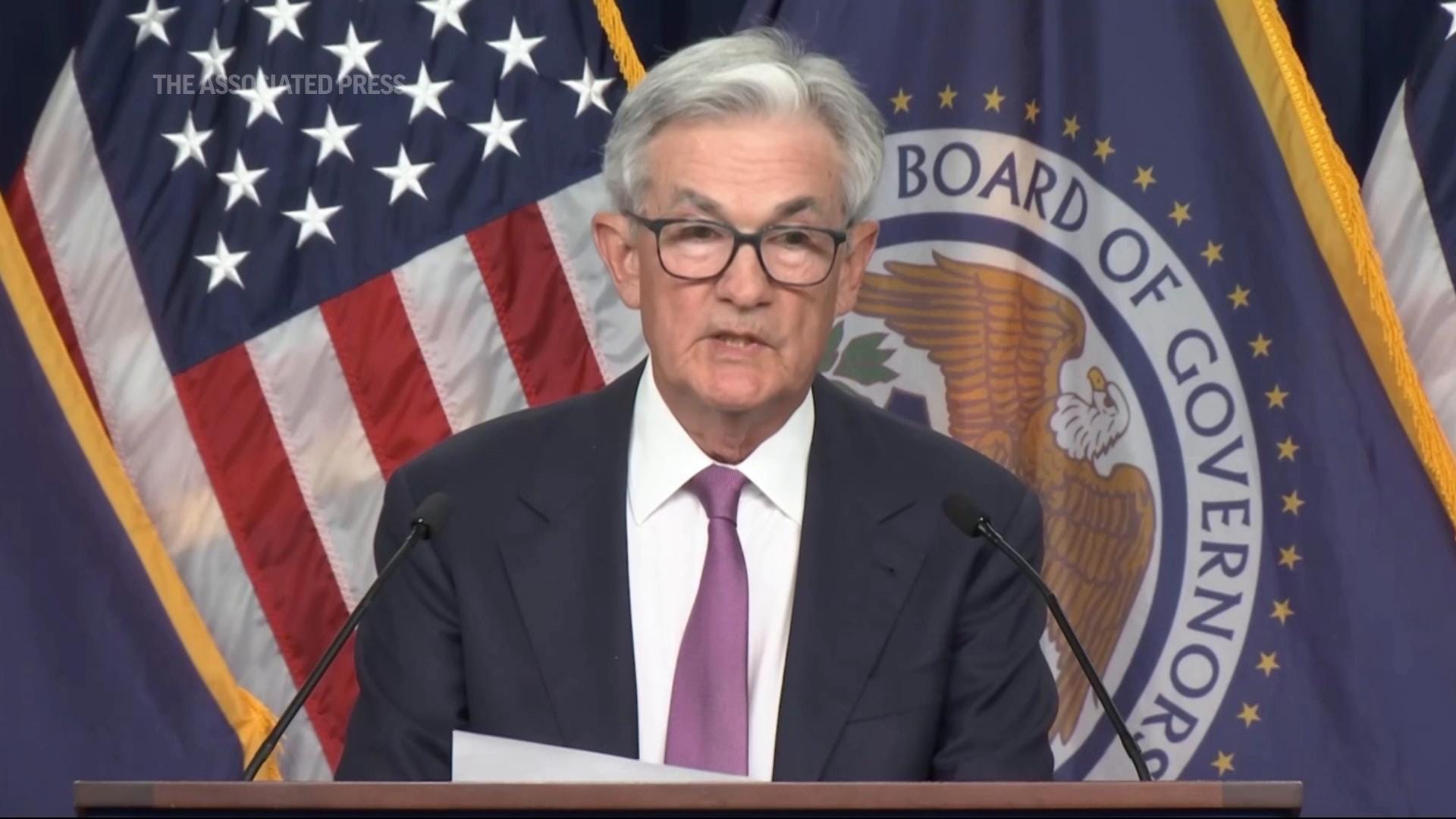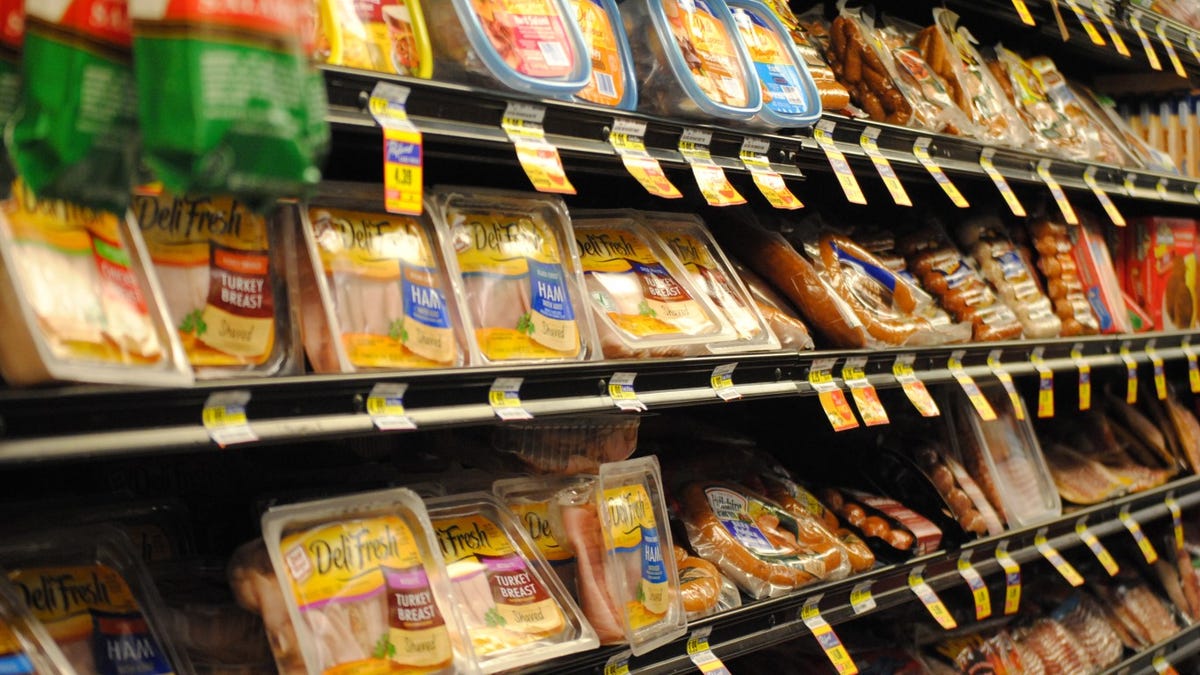
Fed pauses interest rate hikes, two more hikes likely
The Federal Reserve kept its key interest rate unchanged Wednesday after having raised it 10 times to combat high inflation. However, the Fed signaled that it may raise rates twice more this year, beginning as soon as next month. (June 14)
AP
An inflation measure that’s closely watched by the Federal Reserve slowed in May due to falling energy prices. But an underlying gauge of price gains stayed elevated.
Consumer prices broadly increased 3.8% last month from a year earlier, slower than the 4.3% pace in April and the 40-year high of 7% in June 2022, the Commerce Department said Friday. That’s the smallest annual gain since April 2021.
On a monthly basis, prices ticked up 0.1% following a 0.4% increase the prior month, according to the personal consumption expenditures price (PCE) index.
Energy prices, including gasoline, fell 3.9% while food costs edged up just 0.1%.
Household spending, meanwhile, rose at a more modest pace after surging in April. If fewer dollars are chasing after purchases, that could remove more pressure on inflation.
“Overall, there is little here to stop the Fed from hiking rates again at the late-July (Fed) meeting,” says economist Andrew Hunter of Capital Economics. “But, with consumption growth and core inflation losing momentum, we still think that hike will prove to be the last.”
What is PCE core inflation?
A measure of prices that strips out volatile food and energy items climbed 0.3%, slightly below the previous month’s rise. That nudged down the annual increase in so-called core prices to 4.6% from 4.7% the previous month.
How high will interest rates go in 2023?
Although inflation overall has been steadily moderating, the Federal Reserve pays more attention to core prices because they better reflect long-term trends. Core inflation has slowed but remains stubbornly high because of sharp increases in rent, used cars, hotels, health care and insurance.
As a result, Fed officials paused their aggressive inflation-fighting interest rate hikes in June to assess their effects on the economy. But they also signaled they’re likely to resume raising rates in July if core prices continue to drift higher. The central bank has lifted its benchmark rate from near zero to about 5.1% and hinted two more quarter-point hikes are likely in 2023.
Recently, services prices have picked up as consumers have shifted their purchases from furniture, electronics and other goods that they purchased while stuck at home during the pandemic to travel and other activities.
In an encouraging sign, consumer spending on goods and services edged up just 0.1% last month following a 0.6% increase in April, Commerce said Friday. Cooling consumption is good news because it could mean businesses will have less power to raise prices, hinting at lower inflation in the months ahead.
Disposable personal income rose 0.4% after a 0.3% bump the prior month. Workers have benefitted from strong pay increases because of COVID-related labor shortages but the record cash reserves they built during the pandemic have been shrinking.
So far, consumer spending has been remarkably resilient despite high inflation and interest rates. This week, the Commerce Department said the economy grew at a solid 2% annual pace in the first quarter, faster than its previous 1.3% estimate. Many economists still expect a mild recession later this year but some say there’s a growing chance the U.S. could avoid a downturn.
What is PCE inflation?
Earlier this month, the Labor Department said another inflation gauge, the consumer price index, declined to 4% in May from 4.9% the previous month. Core CPI, however, leaped by more than expected.
Traditionally, the Fed has relied more heavily on the PCE index released Friday, particularly the core reading, to guide its interest rate decisions.”

